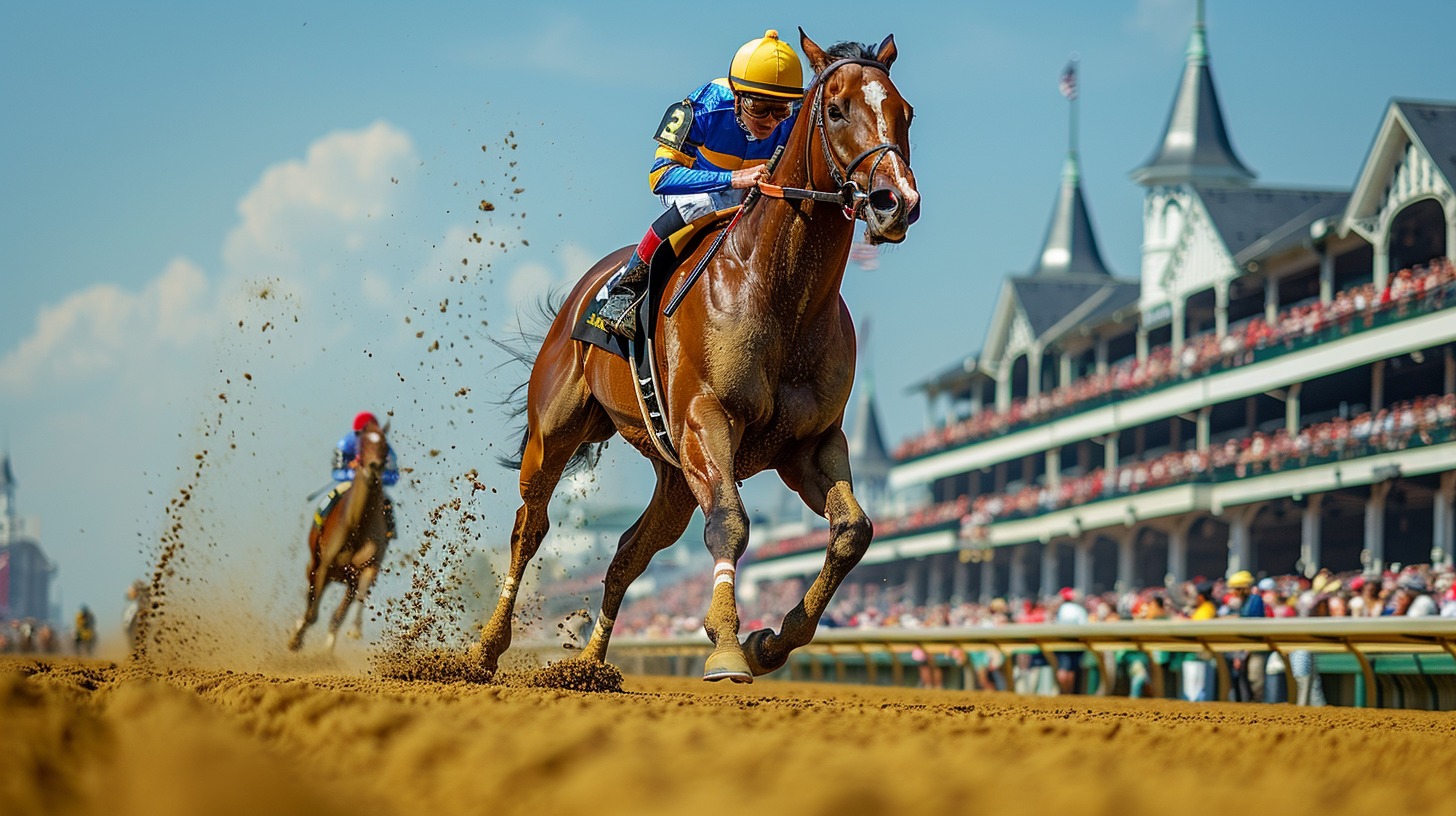
The technology behind horse racing
Horse racing is one of the oldest performance sports, requiring skilled jockeys to ride horses—or, occasionally, no riders at all. Despite its ancient origins, the sport has embraced various technological advancements to address numerous practical challenges. This article explores some of the crucial technologies that underpin modern horse racing.
Why Does Horse Racing Need Technology?
Horse racing has been a fixture in major countries for centuries. Even with its historical roots, the sport faces a range of challenges where technology significantly enhances many aspects beyond just betting (as seen in events like the Kentucky Derby) or optimizing the spectator experience.
Primarily, a significant focus is on preventing injuries to both horses and jockeys during training and races. A few decades ago, safety was not a major concern in horse racing, but today, stringent safety regulations are in place. Another challenge is maintaining safe track surfaces, especially under adverse weather conditions, to minimize risks.
Beyond safety, the issue of drug abuse and doping is critical. High-tech solutions are essential for implementing drug testing and doping control measures, which are vital for maintaining the sport’s integrity. Promoting the welfare of racehorses is equally important, as well as addressing concerns such as overbreeding and ensuring overall equine well-being.
Lastly, engaging fans and attracting new audiences is crucial for the sport’s commercial viability and sustainability. Following a comprehensive horse racing schedule can help fans keep up with major events and support their favorite athletes.
Let’s delve into these technological solutions and see how they are applied to enhance the sport and industry of horse racing.
Exploring the Technology Behind Horse Racing
The horse racing industry faces several critical challenges that can be effectively addressed through modern technological solutions. Here, we delve into how technology is transforming this field.
Preventing Injuries to Horses and Jockeys
Injury prevention is paramount in horse racing. Ensuring the well-being of horses and the safety of jockeys is crucial. Advanced technologies used to prevent injuries include:
- Wearable sensors
- Biomechanical analysis tools
- Electronic monitoring and detection systems
These tools provide real-time data on factors such as gait, stride length, and heart rate. Trainers, veterinarians, and inspectors can then intervene promptly at the first signs of distress. Additionally, predictive modeling algorithms, often based on artificial intelligence, are being developed to identify horses at higher risk of injury by analyzing their training regimens, biomechanical profiles, and medical histories.

Enhancing Track Safety
Monitoring track conditions is essential for maintaining safety during races, especially in adverse weather. Advanced technology can significantly impact this area. To ensure safe track conditions, the following technologies are employed:
- Advanced track monitoring systems
- Sensors
- Cameras equipped with image recognition algorithms
These systems continuously assess the physical condition of the track, detecting uneven surfaces, slippery spots, or debris in real time. Track monitoring systems are becoming increasingly sophisticated, integrating weather forecasting data to proactively address potential hazards before they become threats.
Effective Drug Testing and Doping Control
Credibility is vital for the survival of any sport, and stringent drug testing and doping control are essential. Traditional drug testing methods have limitations in detecting certain substances and masking agents. To enhance the accuracy and efficiency of these protocols, event organizers are adopting cutting-edge chemical analysis technologies based on mass spectrometry and liquid chromatography. These techniques are now coupled with artificial intelligence algorithms to further improve drug testing procedures.


